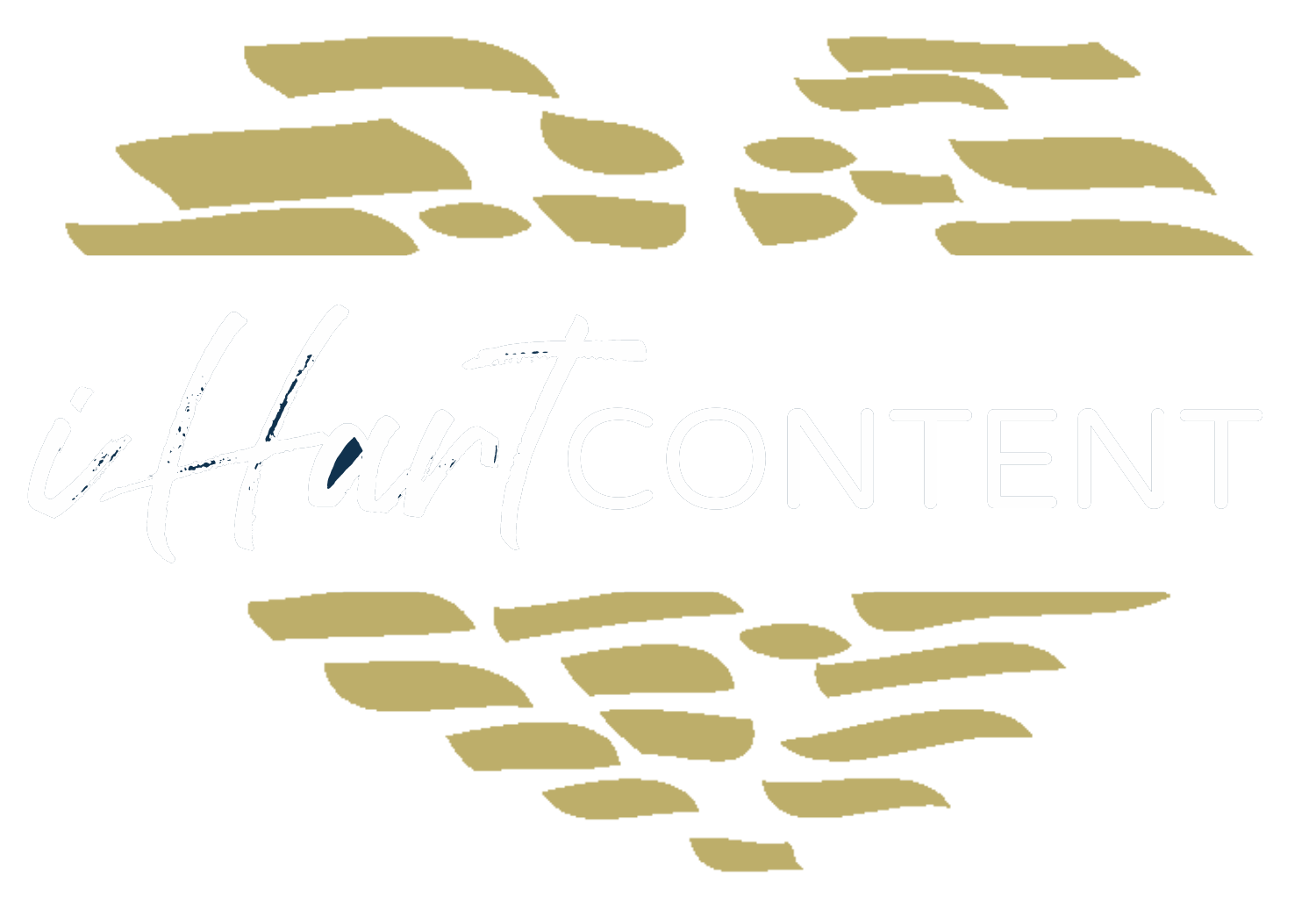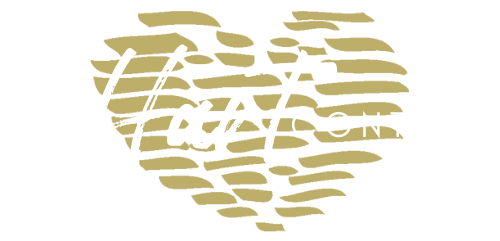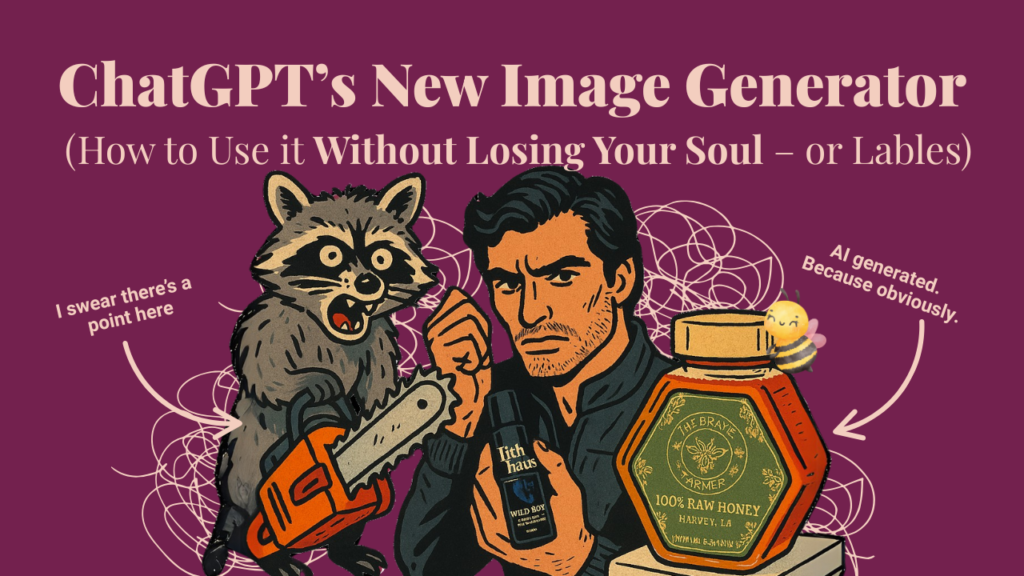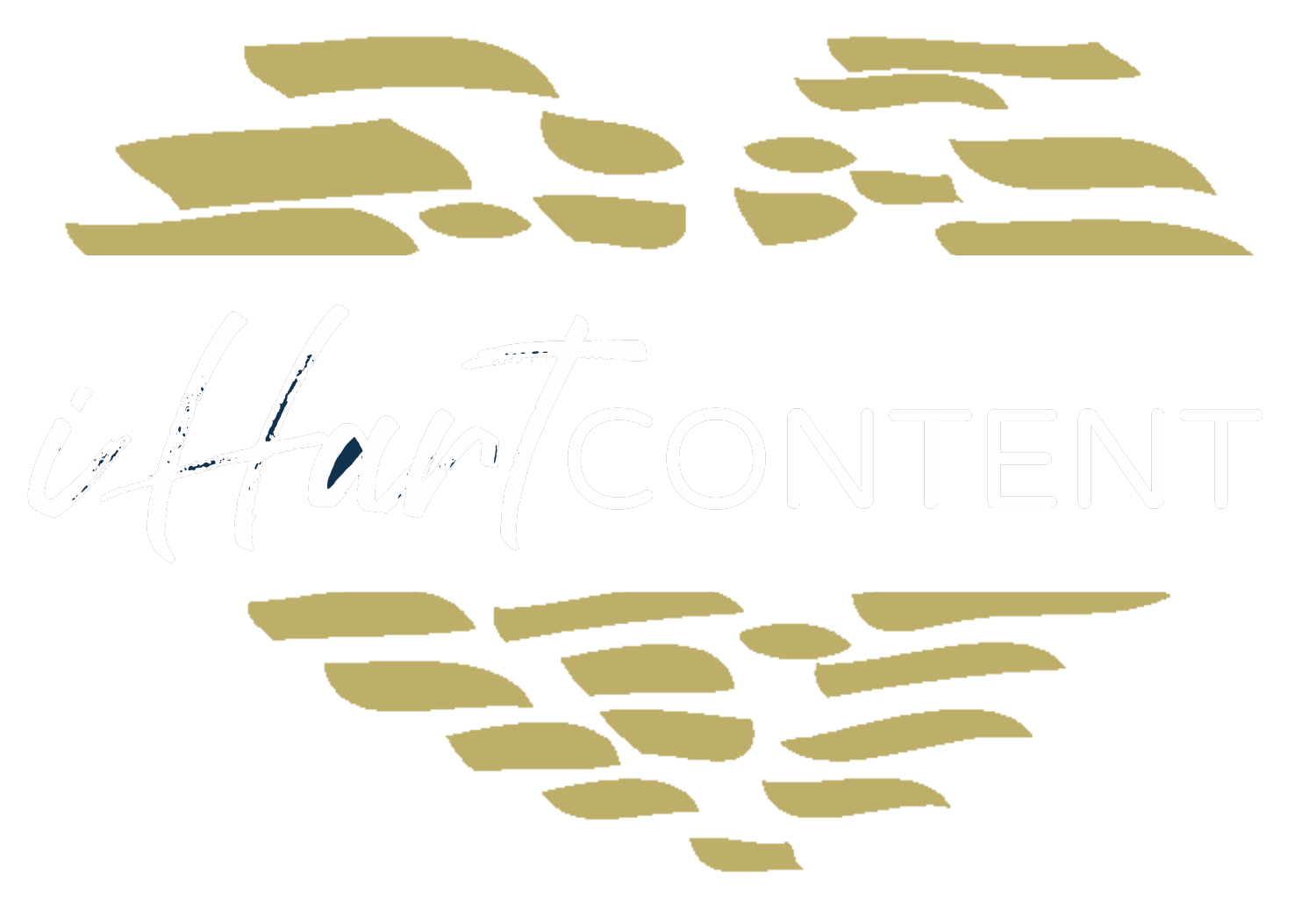The 5 step process I follow to write like an expert for clients in unfamiliar industries.
Him: “I’m sorry, you’re writing about what?”
Me: Cryptocurrency
Him: “Seriously?”
Me: “And blockchain. Also, DeFi lending. Proof of stake. Consensus mechanisms.”
Him: *blank stare*
That was literally my husband’s reaction when I told him about one of my new assignments a few months ago. He knew what cryptocurrency was, and he had an idea of what blockchain was about. But DeFi? Proof of stake? Consensus mechanisms?
The truth is, I hardly knew what any of those things were either. Yet over these past few months, I’ve written numerous authoritative articles on them, all of which have been reviewed by subject matter experts and given the seal of approval.
And it’s not the first time. I routinely write about topics I know very little about, and I have for years. What’s more, it doesn’t take me all that long to research and write these articles.
We’re talking about topics like cyber-security, wildfire prevention, offshore construction, and many others.
So how do I do it? Today I’ll be walking you through my process for writing like an expert on subjects you know absolutely nothing about.
Step One: It Starts in Onboarding
Writing authoritatively for clients in unfamiliar industries begins with proper onboarding. For these clients, it’s extra important to dig deep into the why behind their business and spend as much time as it takes upfront to understand what they do. The more information you can gather ahead of time, the less you will need to bug them for additional insight down the road.
At a minimum, you’ll want to put together a basic brand profile for your client. For inspiration, you can take a look at the questionnaire I use here.
Besides the basic contact information and brand details, you’ll want to ask questions like:
“What is the top-performing piece of content on your website or social media channels? Which piece of content performs poorly?”
Understanding what’s working — and sometimes even more importantly, what’s not working — will help give you insight into what has been resonating with your client’s audience.
You may also want to consider asking what your client’s favorite piece of content in their industry is, even if it’s not something they’ve published.
“Please share any links to trusted industry resources that you would like us to cite or use as a reference in our content.”
There’s nothing worse than citing your client’s competition in the content you create for them. Or citing a resource with a poor reputation. Finding out which resources are reputable will point you in the right direction during your research.
“Are there currently any respected industry influencers that your brand would like to emulate or whose audience you’d like to appeal to?”
Following and researching industry influencers can help you stay on top of what’s trending in your client’s vertical. Even more importantly, keeping an eye on the comments and followers on these influencer’s channels will help you learn to speak your client’s target market’s language.
“Are there any industry resources, influencers, or topics that we should NOT mention in our content?”
Knowing who not to emulate or mention in your content is critical. Nothing will lower your credibility quite like referencing someone who is persona non grata in your client’s field. The same goes for topics. It’s tough for outsiders to know what’s taboo or inappropriate in specific industries, so you’ll need to understand what kinds of topics to steer clear of, especially if those topics are divisive or controversial.
Armed with a solid brand profile and an understanding of which resources and topics are appropriate to use, it’s time to dig in and do some research.
Step Two: Research
Chances are, your client is trying to attract prospects in the upper part of the funnel — in other words, people in the awareness and consideration phases of the buyer’s journey.
Good news! As a newcomer to the industry, that’s where you are too. The same content that you will find helpful as you research your client’s industry and audience is the content that your client’s prospects will want to turn to.
Block off a solid chunk of time at the beginning of your relationship with your client to take a deep dive into the resources and influencers they mentioned in their brand profile.
Make a note of things like:
- Words or terms you don’t understand (then search for a glossary)
- The style and tone of the content — is it educational? Lighthearted? All business?
- What is the reading level? Check the content’s readability score using a tool like Grammarly.
- What topics seem to be front-of-mind for this audience? What are their pain points?
- Which topics seem to be divisive or controversial?
- Are there any questions that come up for you in your research that don’t seem to be answered comprehensively or in simple language? That could be a fantastic opportunity for your client!
Step Three: Get Topic Approval
It’s essential to run your topic ideas by your client, at least in the beginning. It’s no fun to spend the time to write a great piece of content only to find out that the topic is not in line with your client’s goals.
During your research phase, you probably noticed some content opportunities that you might want your client to consider. Make a list of at least 4 or 5 topics that you think would work well for your client, and send it to them for approval and feedback.
Once you’ve settled on a topic (or perhaps your client has provided topics for you to write about), it’s time to outline!
Step Four: Write a Detailed Outline
When you’re writing about unfamiliar topics, outlines serve a greater purpose than simply keeping you organized and on topic. When you provide a detailed outline to your client, you’re giving them a wireframe for the finished blog post and giving them an opportunity to provide feedback before the writing begins.
Your outline should include:
- Title
- Tone
- Target Audience/Persona
- Target Word Count
- Keywords
- Planned Resources
- All Planned Titles (H2) & Subtitles (H3)
- A brief description of what you will cover in each section
Be sure to follow my blog outline best practices. You want to strike a balance between being detailed enough to give your client a clear understanding of the direction you’d like to take while also avoiding investing too much time in a piece of content that may or may not be approved.
Think of it as a lean process, with each step being its own cycle of validated learning. Creating a blog on an unfamiliar topic is definitely an iterative, collaborative process!
To see what this looks like in practice, you can swipe one of my actual outlines for a client right here. Feel free to make a copy and use it in your own business – ya know, with your own branding and such.
Step Five: It’s Time to Write (Backwards!)
We’ve already gone through 4 steps, and we’re just now getting down to the actual writing part. This is where all your preparation pays off.
You’ve likely already learned a thing or two (or three) about your client’s industry as you did your research and put your outline together. Now, we’re going to take that outline and really dive in.
Sometimes it’s hard to have a start-to-finish story in mind when you first sit down to write about an unfamiliar topic. That’s okay. I have some a trick to tackle that.
It all comes down to writing your blog post backward. Yes, backward, as in finish to start.
Here’s what I mean:
Write your conclusion statement first.
Writing your final paragraph first will help you to stay focused on the conclusions you want your reader to draw and the feeling you want them to walk away with. That will empower you to stay on track as you take on the rest of your writing, and ensure that you’re always clear on where you want to lead your reader.
Write the body second.
Because we have a detailed, approved outline to work from at this point, we should try to stick to it. When writing for an unfamiliar topic, I like to research each of my main titles individually.
For example, in the sample outline I provided in my free swipe file, I would start by typing my first headline — The Subscription Economy by the Numbers — into Google. I’ll take a look at what articles are currently ranking well for that term, and I’ll use those as inspiration for the section.
After that, it’s a matter of rinsing and repeating for each section.
Write the intro last.
It might be counter-intuitive, but writing your intro paragraph last can help you to create a more cohesive story from start to finish. By now, you already have your conclusion paragraph written, which means that you know the feeling you want your readers to walk away with. You’ve written the body of that blog to support and lead up to that conclusion. Now you can write your intro paragraph with a clear view of what your reader can expect to get out of the content.
You also have a better understanding of the topic at hand at this point, so you are more likely to be able to write something that packs a powerful punch and makes your reader want to dive in!
Edit for Readability
Finally, drop your newly created blog post into Grammarly, and give it a read-through, making sure that your story is cohesive and that you’ve connected all the dots. Add a sentence or two here and there where needed for context or to bridge any gaps.
Finally, check your readability score and resolve any grammatical errors that might have popped up.
Congratulations! You Wrote an Awesome Blog and Learned New Things
Writing about unfamiliar topics is one of my favorite parts of my job. I’ve acquired a ton of new knowledge (admittedly with varying degrees of usefulness in my day-to-day life), and as time goes on, I’m able to expand the list of industries I can effectively serve.
While your first time or two of following this process might feel labor-intensive, it will get easier — and faster, too. Eventually, you’ll build trust between you and your client, and they may no longer need to approve every topic or outline. In the beginning, though, it pays to take the extra time to really understand your client’s industry, do the research, outline effectively, and submit work for approval.







